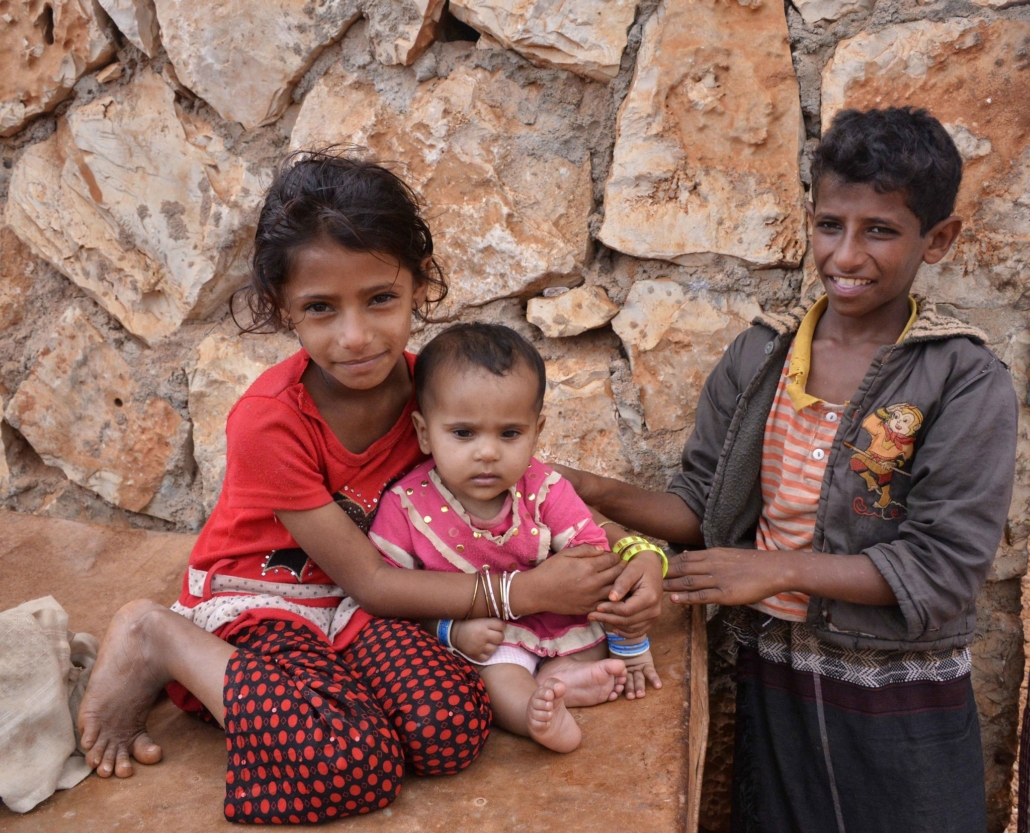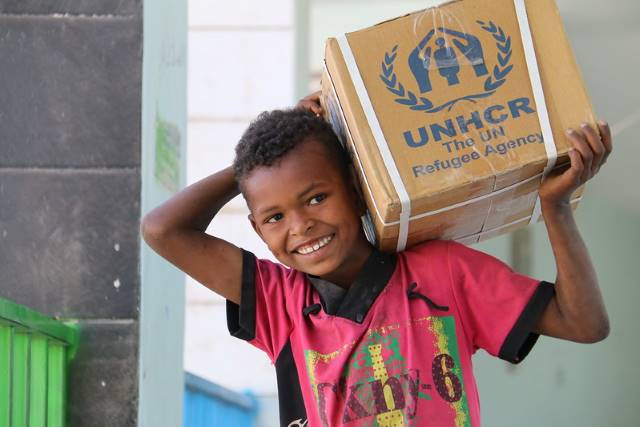 Relief for Yemen has long been a goal of humanitarian politicians and activists. A bipartisan letter, signed by four U.S. senators, urges the Biden administration to allocate more federal funding for aid to Yemen.
Relief for Yemen has long been a goal of humanitarian politicians and activists. A bipartisan letter, signed by four U.S. senators, urges the Biden administration to allocate more federal funding for aid to Yemen.
The Letter of Appeal
Two Republican senators and two Democratic senators signed a letter appealing for more U.S. aid to Yemen. On May 4, 2021, Senators Jerry Moran (R-KS), Todd Young (R-IN), Chris Murphy (D-CT) and Jeanne Shaheen (D-NH) signed the open letter together in an act of humanitarian bipartisanship. The senators voiced their concern about the international community failing to reach previously established relief goals “after a recent United Nations fundraising appeal for the war-torn country fell short.”
In March 2021, international donors raised $1.35 billion in humanitarian aid for Yemen, falling short of the United Nations’ target goal of $3.85 billion, the estimated amount required for a comprehensive humanitarian response. As one of the most powerful countries in the world, the U.S. pledged only $19 million, much less than Oxfam’s recommended $1.2 billion.
All the while, close to “50,000 people in Yemen are living in famine-like conditions” and the conflict threatens to plummet another five million people into similar conditions. The conflict itself has already claimed tens of thousands of civilian lives. The humanitarian crisis and poverty brought on by the conflict have compromised the food security of more than 20 million people, accounting for two-thirds of Yemen’s population. The United Nations warns that “400,000 Yemeni children under the age of 5 could die from acute malnutrition” without swift humanitarian action.
Efforts to End the Crisis in Yemen
The open letter came around the same times as renewed calls for a ceasefire from the international community. Senator Murphy was in Yemen when the letter was released, joining Tim Lenderking, the U.S. special envoy for Yemen, as well as diplomats from Europe, with the hopes of brokering a ceasefire between Houthi rebel factions and the Saudi-led military coalition. Participants in the meeting demand an end to war crimes actively committed by both sides. The Biden administration has backed away from weapons sales in an effort to mitigate the conditions. But, the conflict and subsequent crises continue, requiring increased aid to Yemen.
UNICEF and the UN Assist
One of the priorities of UNICEF’s efforts in Yemen is to treat cases of acute malnutrition in children and assist children whose lives have been overturned by the continuous military conflict. Efforts range from facilitating access to therapeutic foods and educating children about the dangers of explosives scattered throughout the country. UNICEF is also restoring damaged schools in an effort to develop secure spaces for children to continue learning.
At a time of resurgent violence coupled with the COVID-19 pandemic, foreign aid groups have stepped up relief measures in anticipation of increased demand for food. In one particular hotspot, within the Ma’rib Governorate, the intensification of military conflict has displaced at least 2,871 families. The U.N. Regional Coordination Team for Ma’rib aims to assist about 200,000 people in the area. Sanitation, nutrition and shelter remain top priories for these efforts.
Despite the scale of the crisis, international aid groups remain determined to provide relief. Senators, leaders and foreign diplomats are continuing efforts to broker a peace deal. The severity of the humanitarian crisis in Yemen requires broader support from the global community in order to upscale efforts and comprehensively provide aid to Yemen.
– Jack Thayer
Photo: Flickr
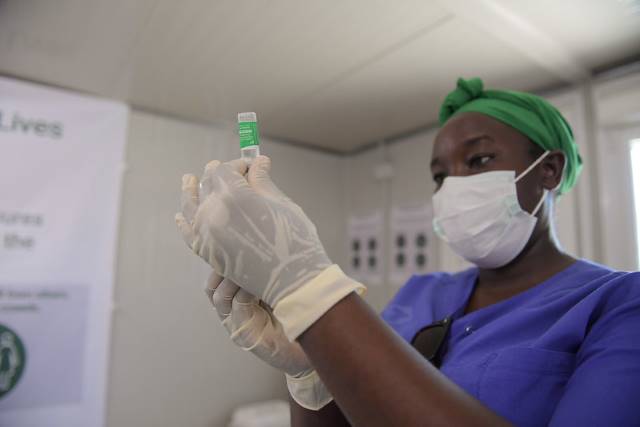 In March 2021, COVAX helped secure the first batch of COVID-19 vaccines for Somalia. According to
In March 2021, COVAX helped secure the first batch of COVID-19 vaccines for Somalia. According to  The Oxford/AstraZeneca vaccine made many controversial headlines in mid-March 2021 because of a suspected link between it and a rare and sometimes
The Oxford/AstraZeneca vaccine made many controversial headlines in mid-March 2021 because of a suspected link between it and a rare and sometimes 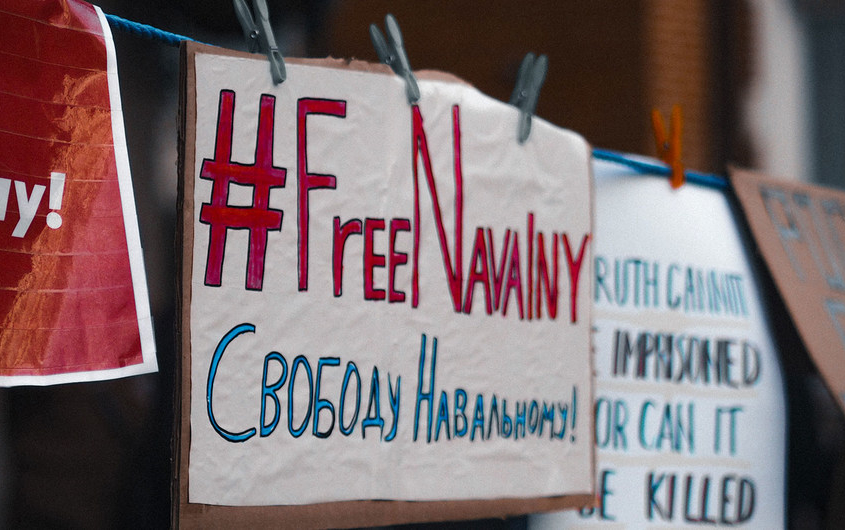
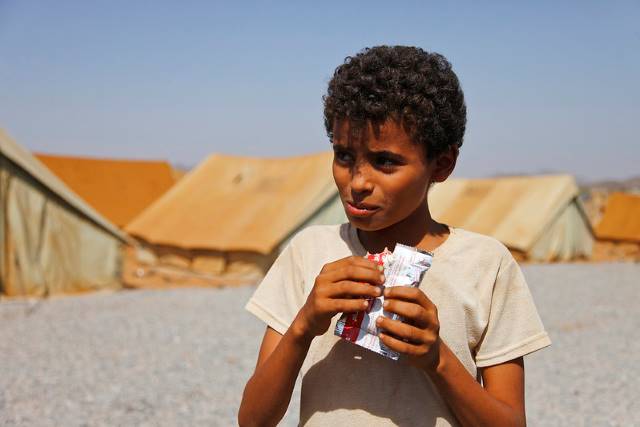 President Biden announced his plan to end all U.S. involvement in the
President Biden announced his plan to end all U.S. involvement in the 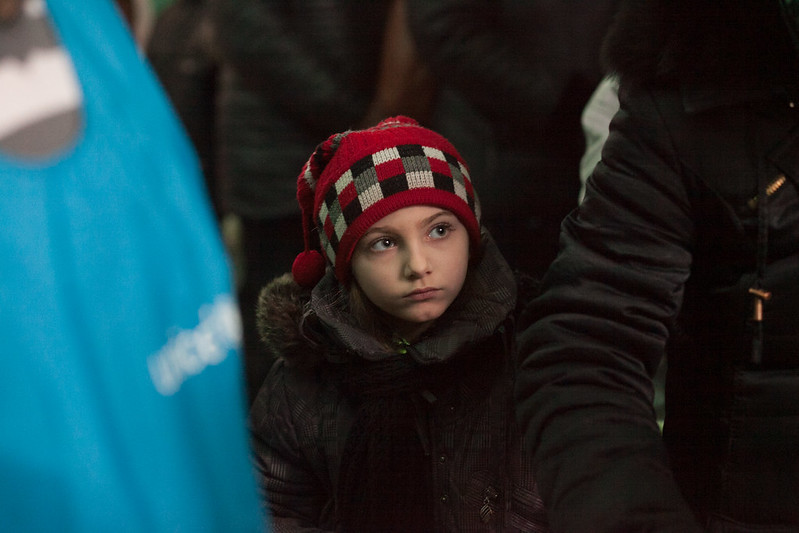 In 2013, tens of thousands of Ukrainian citizens took to the streets to protest the government’s decision to abandon an agreement with the European Union. Ukrainians saw this move as a political realignment with Russia after years of
In 2013, tens of thousands of Ukrainian citizens took to the streets to protest the government’s decision to abandon an agreement with the European Union. Ukrainians saw this move as a political realignment with Russia after years of 